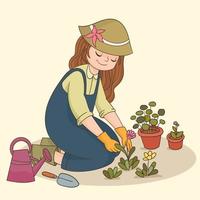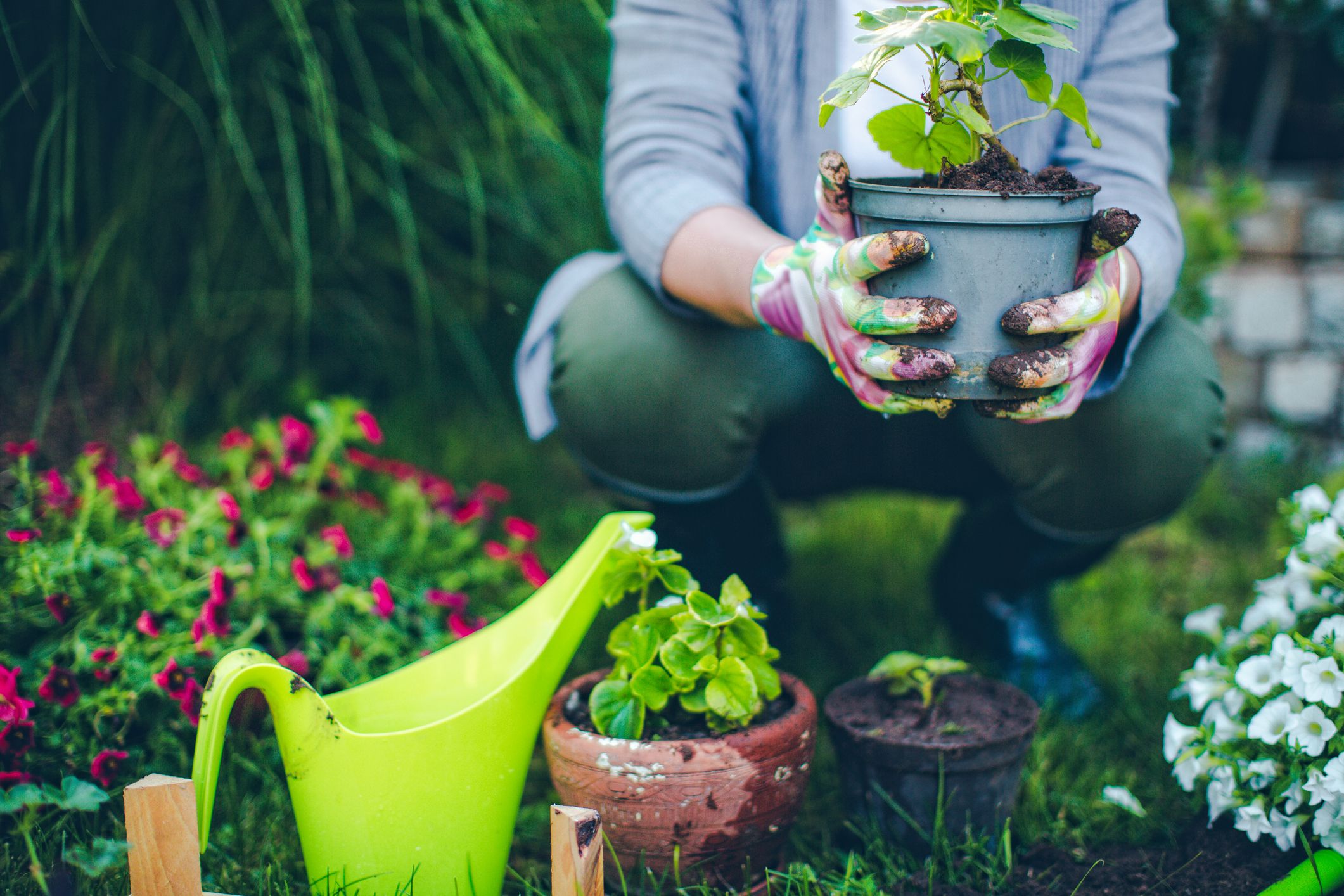Change Your Eco-friendly Space: A Comprehensive Overview to Gardening Tips for Beginners
Wiki Article
The Ultimate Overview to Horticulture for Beginners: Step-by-Step Tips and Methods for Expanding a Thriving Garden
Are you prepared to dive right into the globe of horticulture? Look no more than "The Ultimate Guide to Gardening for Beginners." This step-by-step overview will walk you via every little thing you require to recognize to expand a successful garden. From understanding your garden space to choosing the right plants and preparing the dirt, we have actually obtained you covered. Prepare yourself to release your environment-friendly thumb and develop a stunning, growing garden.Comprehending Your Yard Area
To optimize your gardening success, start by familiarizing on your own with the special characteristics of your garden space. Understanding your garden room is essential for creating a growing yard. Begin by observing the amount of sunlight your yard gets throughout the day. Keep in mind of any kind of areas that are shaded and those that receive complete sun. This will certainly help you figure out which plants will grow in each location.Next, analyze the soil in your yard. Is it sandy, clay-like, or loamy? Comprehending your soil kind will assist you in selecting the right plants and applying suitable dirt amendments. In addition, think about the water drainage of your garden. Is it vulnerable to waterlogging or does it drain promptly? This information will certainly help you make notified choices about watering and plant positioning.
In addition, focus on any kind of microclimates within your garden. These are small areas that might vary in temperature or wetness levels contrasted to the rest of your garden. A south-facing wall surface may keep warmth, developing a warmer microclimate. Utilize these variants to your benefit by planting heat-loving or moisture-loving plants in these locations.
Picking the Right Plant Kingdoms

Next, consider your gardening objectives and choices. Are you looking to grow vegetables, blossoms, or a mix of both? Do you favor low-maintenance plants or are you going to place in added initiative for high-yield plants? Think of the quantity of time, energy, and sources you want to buy your garden.
Additionally, think about the area offered in your yard. Take dimensions and intend out the format of your plants. Take into consideration the fully grown dimension of each plant and see to it they have sufficient space to grow without overcrowding each other.
Lastly, consider the functionality of your plant options. gardening kit for beginners. Will you have the ability to give the essential treatment and maintenance for your selected plants? Consider factors such as watering, feeding, pest control, and trimming
Preparing the Soil for Planting
Once you have actually chosen the ideal plants for your flourishing garden, it's time to dive into the vital job of preparing the soil for planting. Prior to you begin digging, it's important to assess the quality of your dirt. Take an example and test its pH degrees, as different plants prosper in various pH varieties. If required by adding lime to elevate it or sulfur to reduce it., readjust the pH.
When the soil is ready, create furrows or openings for growing. The depth and spacing will depend on the details needs of your picked plants, so refer to the seed packets or plant labels for guidance.
Lastly, water the freshly grown area thoroughly. This will aid clear up the soil and give the plants with the moisture they need to develop themselves. As you water, be cautious not to clean away the dirt or damage the fragile plants. With appropriate soil prep work, your garden will be fully equipped to support the development and success of your plants.
Watering and Feeding Techniques
After preparing the dirt for planting, it's necessary to understand reliable watering and feeding techniques to ensure the wellness and growth of your yard. When it pertains to watering, it is very important to strike a balance. Overwatering can lead to root rot and various other conditions, while underwatering can lead to stunted development and wilting. The trick is to provide sufficient water to maintain the dirt regularly damp yet not saturated. One method to assess if your plants require watering is by sticking your finger about an inch into the soil. If it really feels completely dry, it's time to water. When watering, objective for the base of the plants, as wetting the leaves can motivate conditions. When it comes to fertilizing, it's vital to offer your plants the nutrients they require to flourish. Organic fertilizers, such as garden compost or well-rotted manure, are excellent options as they give a slow release of nutrients. It's best to apply fertilizers in early spring or late autumn, complying with the guidelines on the plan. Bear in mind to sprinkle your plants after feeding to aid the nutrients get to the origins. By mastering these watering and fertilizing techniques, you'll be well on your way to a flourishing garden.Keeping a Healthy And Balanced Garden
To maintain a healthy yard, you ought to on a regular basis check your plants for indications of insects or diseases. By doing this, you can catch any concerns beforehand and take the needed steps to stop them from spreading out and triggering damage to your whole yard. Search for any kind of uncommon spots on fallen leaves, wilting or yellowing vegetation, or holes in the leaves, as these might be signs of parasites or illness. If you discover any one of these indications, it is very important to take prompt action.An additional approach is to motivate valuable pests like ladybugs and lacewings, which feed on garden insects. Planting blossoms such as sunflowers, marigolds, and sissies will certainly bring in these beneficial insects to your garden.
In enhancement to insects, illness can likewise impact your plants. Proper spacing between plants and great air blood circulation can also assist stop the spread of conditions.
Verdict
In final thought, gardening can be a gratifying and fulfilling leisure activity for newbies. By comprehending your garden room, picking the right plants, preparing the soil, and executing proper watering and feeding strategies, you can produce a thriving yard. Keep in mind to maintain its wellness by regularly often tending to it. With persistence and dedication, you'll quickly be home gardening for beginners taking pleasure in the charm and bounty of your very own growing yard. Delighted gardening!Utilize these variants to your benefit by planting heat-loving or moisture-loving plants in these locations.

Report this wiki page